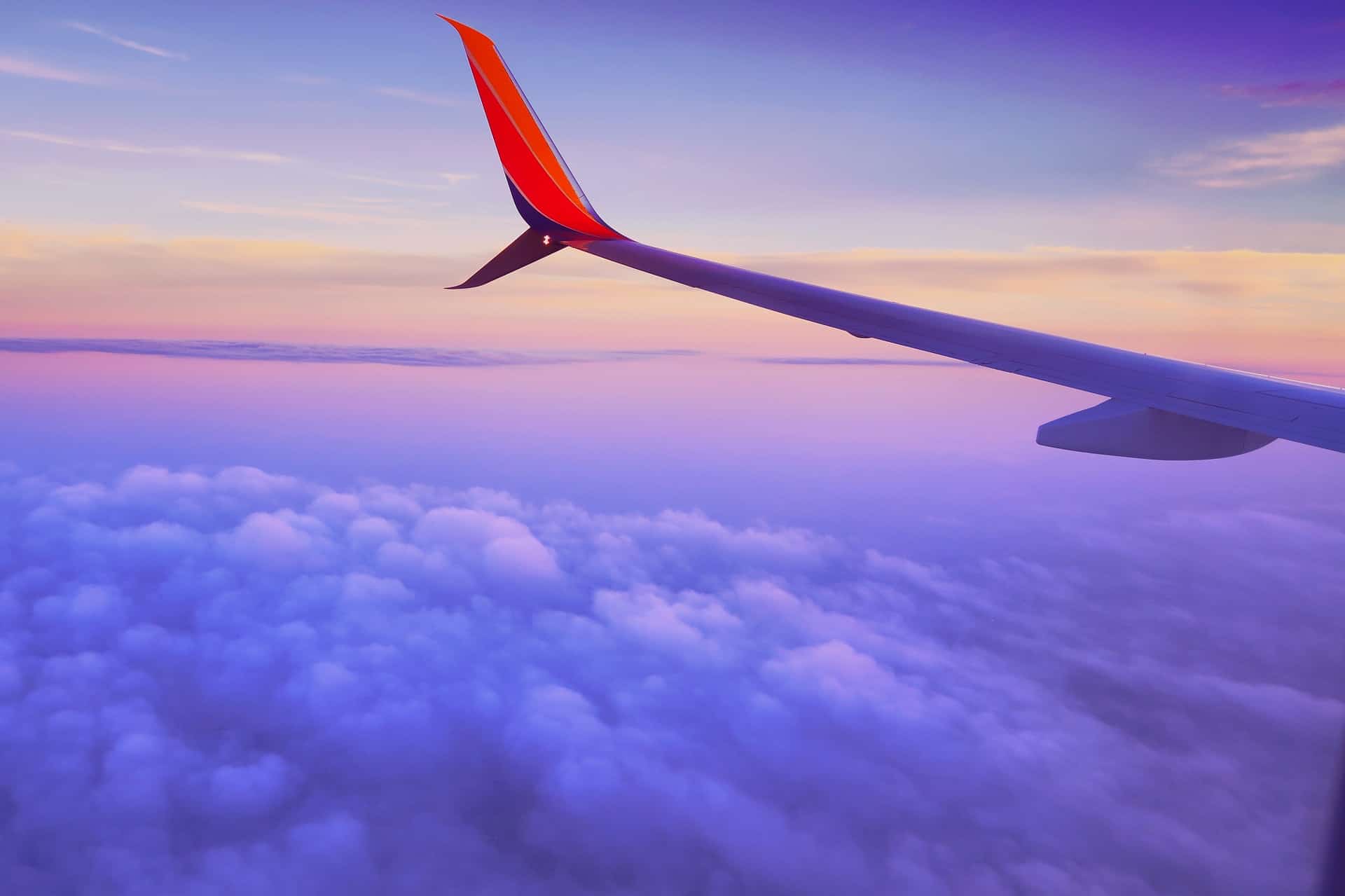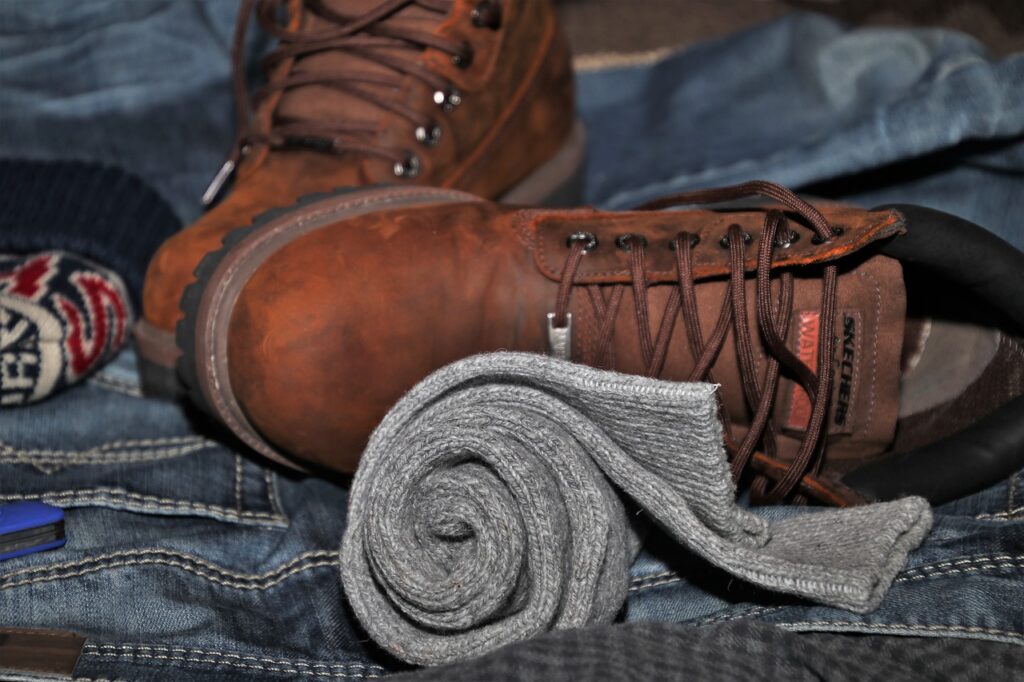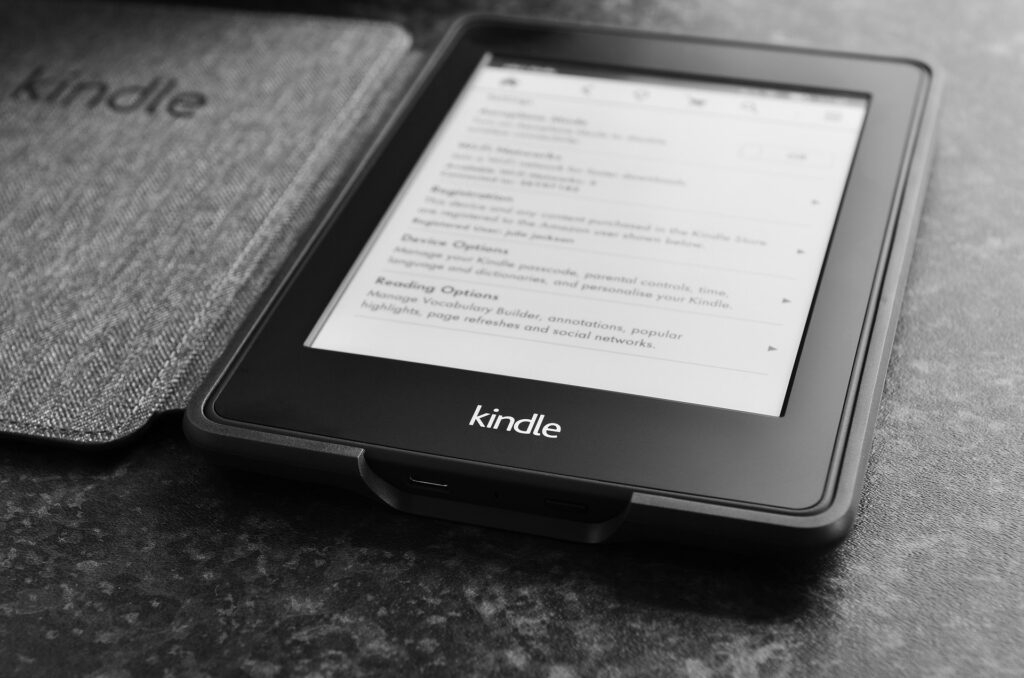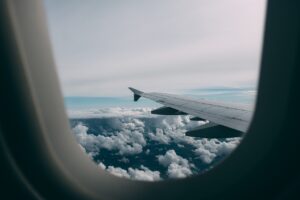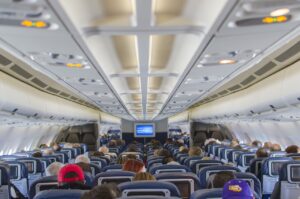There must be some discomfort during a long flight. Also, flight delays, noise, and turbulence during flights, narrow seats, tasteless food, dry environments, rapid changes in temperature and jet lag can all add to the discomfort. Long-haul flights don’t necessarily mean pain. If you plan ahead and bring something that will help you kill the time and help you sleep, you can actually enjoy it. When you have to take a long trip, sit down, relax and make good use of it. You can try to turn the inevitable into something pleasant and learn to cherish your time on the plane.
There are many ways to feel as fresh as possible when you arrive, and some basic tips will help you stay safe during the journey. If you at least adopt some of these suggestions, your flying experience will be greatly improved, many of which will also be useful for short-distance flights.
Stay Hydrate
Hydrate is very important in flight. The air in the cabin is notoriously dry, with humidity levels usually around 10% to 20%, compared with 30% to 65% for a typical room. As the high altitude air enters the cabin, the cabin environment will be drier. This will dry your eyes and skin, making you itchy and uneasy. The key to fighting the high-altitude drying effects of long-distance flights is to replenish water. Water will also help your blood flow, make your skin plump and help avoid your muscles from becoming rigid. Skimping on water can cause bladder infections, and cystitis is a common disease among women who often fly long distances.
Keep away from alcohol, soft drinks, tea, soda, coffee or chocolate and drink plenty of water. Caffeine and sugar can only cause a breakdown, making you more dried and exhausted than ever. Alcohol is both a diuretic and a sedative, and you will eventually use those restrooms more frequently. And alcohol can disrupt your sleep patterns, just like caffeinated beverages. In other words, don’t take drinking as a way to deal with flying. Plus, these drinks are dehydrated and your body will need to be completely opposite. Insist on drinking water, fruit juice, and perhaps electrolyte drinks.
Bring Cozy Comforts
- Clothes
You never know how cold or hot the plane will be, so put on clothes that are easy to take off. For example, soft and breathable sweatshirts, comfortable jeans, hoodies, loose shirts, cotton T-shirts, flat shoes or tennis shoes will help you feel more relaxed and comfortable. Avoid the use of wool, tight clothing or itchy labels. Layers are the key to a comfortable flight. Nothing is worse than being trapped in a narrow space and feeling irritated. So if you want to sleep on the plane, try to wear clothes that are closer to your pajamas. It is suggested to wear more layers of clothes so that you can adjust them according to the temperature changes on the plane.
- Socks
Once flying in the air, taking off your shoes will make your feet swollen without feeling unwell-it’s important to keep good circulation. Bring a pair of comfortable spare socks to keep your feet warm and comfortable. Make sure they ‘re loose enough not to leave ligature marks on your legs.
- Shoes
The shoes you want are not only comfortable but also easy to wear and take off, so that you can pass the security check smoothly. Once you get on the plane, take off your shoes. On the plane, the feet are prone to swelling, so wear socks or slippers, skip high heels or bulky boots, so that your feet can breathe.
Be Careful What You Eat
48 hours before the flight is critical. It is recommended to eat some fruits, nuts, oily fish, etc. Don’t eat a lot of greasy food or fast food before boarding. You should also avoid eating vegetables that can easily cause farts, such as beans, cauliflower, cabbage, broccoli, and onions.
You should eat and drink according to your own schedule, not the crew on a long-haul flight. Therefore, bring some healthy snacks you like and some water when boarding the plane. It is suggested to pack foods at room temperature and avoid foods that are too stinky or noisy such as tuna or pistachios.
The diet on the plane is especially important when long flights disrupt your biological clock. Controlling the time of eating is also a crucial factor when adapting to a new time zone. The airlines serve breakfast before landing, which is actually midnight depending on your biological clock. It ‘s best not to eat beans and sausages at this time, just drink some water and eat cookies. Eat something simple and digestible, such as fruit or salad. Carbohydrate-rich foods such as spaghetti, whole-grain bread and cereal are also good choices, and eating these foods can prompt the body to secrete insulin, making it easier for us to avoid jet lag. Greasy food will keep you feeling more satisfied for a long time, but if you are ready to fall asleep, it will cause you discomfort.
Pack Something to Kill the Time
For those slow long flights, you need onboard entertainment to pass the time. The entertainment options on the plane are limited. Some international flights will have a screen for watching movies or playing games but don’t assume that the entertainment activities on the plane will work, so you ‘d better bring some equipment with you. Everyone’s entertainment needs will be different, but everyone can pack something to kill time.
It’s worth bringing your own iPad, laptop and phone, all of which are perfect for pre-downloading your favorite streaming movies or shows. Remember to wear a pair of noise-canceling headphones so that you don’t disturb your neighbors.
If you are not interested in technology products but prefer reading, take books, newspapers, crossword puzzles, magazines and kindle to travel. Everyone needs some good books to pass the time and relax with your favorite fictional characters. Kindle can save a lot of reading space. It is smaller than paper books and allows you to carry many books with you. Moreover, the built-in light means that you do not need to illuminate your neighbors with light.
Charge everything up before you fly. It is recommended to put the charger in your hand luggage. If necessary, some airlines have installed power sockets on the plane.
Pay Attention to Your Health
Low humidity in the cabin can make our nose, throats, skin, and eyes uncomfortable, especially for passengers wearing contact lenses. If you suddenly feel difficulty breathing during the flight, put a wet cloth around your mouth to breathe, and don’t forget to replenish a lot of water. Another good idea is to take a sprayer with you and don’t forget to put it in an easy-to-get position. If you do have dyspnea symptoms, ask the crew to provide oxygen.
Another problem for air travelers, especially those on long-haul flights, is the risk of DVT (Deep Vein Thrombosis), which is the formation of thrombosis deep in the vein. The problem is caused by sedentary movement, resulting in swelling of the feet and ankles, and pain in the legs. Thrombosis in the legs is not harmful, but if it is transferred to the lungs, it can cause chest pain and shortness of breath, or worse. Taking aspirin is not good, but walking around in flight prevents blood from gathering in the ankles. Stand up every hour or two to keep the blood flowing in your ankles. Do not put your luggage under the seat in front of you so that your legs are less able to stretch.
You have to be clear about whether you are at high risk, which means you have the following symptoms, ask your doctor for advice before boarding.
- You have a tendency to form a thrombus (i. e. increased coagulation activity)
- Recently had major surgery or experienced lower limb trauma
- Personal or family history of DVT
- Over age 40
- Suffer from cancer
- Pregnant or taking oral contraceptives
These suggestions may seem nagging, but we must not underestimate the consequences of flying thousands of miles in a small, confined space.
